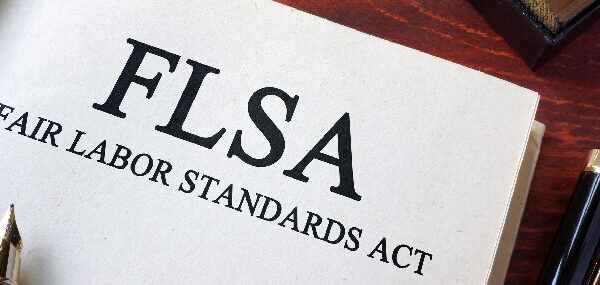Biweekly paychecks. Employees receive paychecks on the same day (say, Friday) every other week.
Depending on leap years, which day of the week payday falls on, and employer payment policies, biweekly paychecks can be complicated, time consuming and frustrating for employers.
Take leap year. Leap years cause biweekly payroll problems every 11 or 12 years.
In 2016 leap year added an extra day to the calendar, via Monday, February 29.
For employers paying employees biweekly on Mondays, 2016 had 27 paydays, not 26.
To confuse matters more, take New Years. In 2016, for example, January 1 fell on a Friday.
If a biweekly Friday payday employer’s policy provided that, when paydays fall on a holiday paychecks are issued the previous business day, a 27th biweekly payday could have occurred in 2015.
This means that an employee could receive an extra paycheck.
Hourly workers are not affected by the number of paychecks they receive. But salaried employees can be.
An extra paycheck could give such employees more “cash in hand.”
But that extra payment could result in an employee’s exceeding the maximum annual 401(k) or health savings plan allowed contribution.
While 2017 will have 26 biweekly pay periods, employers should look ahead to whether they will have 26 or the odd 27 pay periods in a subsequent year.
For an extra paycheck year, employers should first look to an employee’s contract to see whether it requires biweekly payments. If it does, those payments should continue, even with the extra paycheck.
If a contract provides for an annual salary, or there is no contract, an employer can consider whether to prorate annual pay over 27 pay periods instead of 26.
This decision will depend, among other things, on the impact of wage and overtime laws on lower prorated paycheck amounts.
Also, employee morale may be affected if the employer does not explain the reason for its paycheck “reductions” to account for a 27-paycheck year.
To avoid these problems, employers should consider moving from biweekly to twice monthly pay periods.
Twice monthly pay policies ensure that employees receive two, and only two, paychecks per month.
Before changing pay period policies, however, employers should make sure the change complies with any employment contracts.
Don’t make a change in the middle of a 27-paycheck year, but in a year with 26 pay periods.
And make changes prospective, not retroactive.
Contact your FOS attorneys if you have questions or concerns about your business’ pay procedures.






